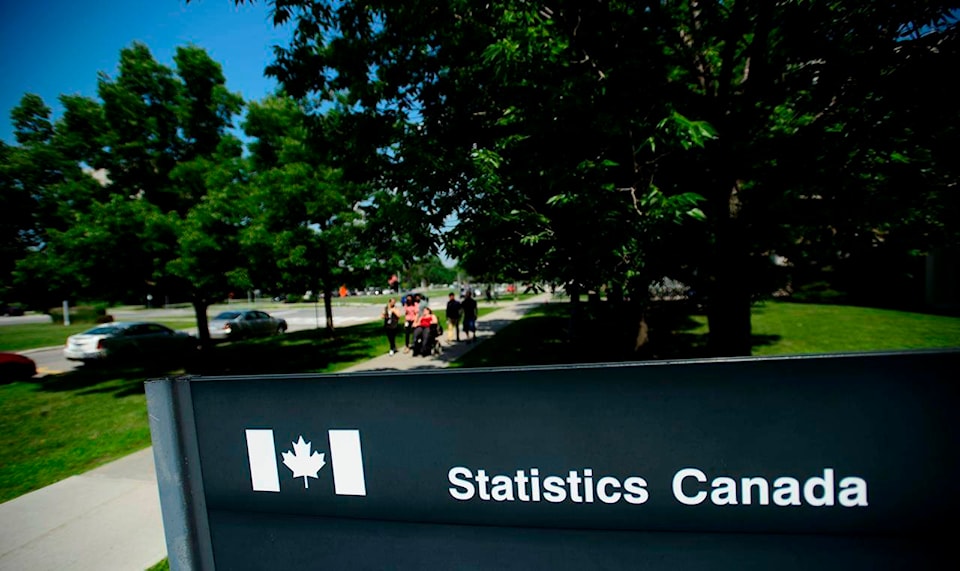OTTAWA — Canadians paid down a record amount of non-mortgage debt in the first year of the pandemic to create the first year-over-year declines for the category in nearly three decades, Statistics Canada said Monday.
Overall non-mortgage debt fell by $20.6 billion from the start of the pandemic to January 2021, including a $16.6-billion drop in credit card debt. Mortgage debt, however, rose by a record $99.6 billion over the same period.
The drop in credit card debt marked a sharp reversal for a category that has seen average annual growth of 20.7 per cent over the last two decades, rising from $13.2 billion in 2000 to $90.6 billion in February last year.
Declines came across the board, but those with lower credit ratings saw larger declines, the agency said.
“The largest reductions in debt loads were among those with the lowest credit ratings, suggesting that Canadians most vulnerable to financial hardships were able to use savings prudently during the pandemic,” Statistics Canada said.
The change came as household consumption spending dropped significantly, down 14.7 per cent in the second quarter last year compared with a year earlier for the largest year-over-year decline since the agency started tracking it in 1961.
“Households had few places to spend, and many used the pandemic lockdown as an opportunity to save and pay down existing debt,” the agency said.
Spending has climbed as restrictions have eased and the labour market has improved, but net household spending was still down 2.6 per cent below pre-pandemic spending in the first quarter of this year.
Further easing into the spring however started to push borrowing back up. Non-mortgage borrowing in March and April showed “exceptionally strong growth” compared with a year earlier, though March 2021 credit card balances were still $11.5 billion below their pre-pandemic levels.
Continued high savings levels and deposits mean that many households could rely less on credit cards into the future, the agency said.
“The reliance on credit card debt may continue to be diminished for some time.”
Households were carrying about $2.5 trillion in outstanding debt one year into the pandemic, approximately two-thirds of which was mortgage debt, Statistics Canada said.
This report by The Canadian Press was first published Aug. 23, 2021.
